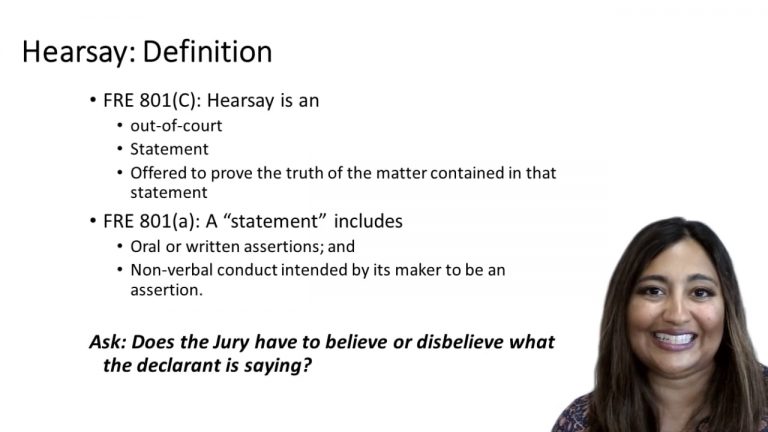SmartBrief
Confirm favorite deletion?
Evidence Keyed to Allen
Daubert v. Merrell Dow Pharmaceuticals, Inc.
Citation:
509 U.S. 579 (1993)
ProfessorMelissa A. Hale
CaseCast™ – "What you need to know"
Facts
Petitioners Jason Daubert and Eric Schuller are minor children born with serious birth defects. They and their parents sued respondent in California state court, alleging that the birth defects had been caused by the mothers’ ingestion of Bendectin, a prescription anti-nausea drug marketed by respondent. Respondent contends that Bendectin does not cause birth defects in humans and that petitioners were would be unable to come forward with any admissible evidence that it does. In support of its motion, respondent submitted an affidavit of Steven H. Lamm, physician and epidemiologist, who is a well-credentialed expert on the risks from exposure to various chemical substances. Doctor Lamm reviewed all the literature on Bendectin and human birth defects and concluded that maternal use of Bendectin has not been shown to be a risk factor for human birth defects.
Only StudyBuddy Pro offers the complete Case Brief Anatomy*
Access the most important case brief elements for optimal case understanding.
*Case Brief Anatomy includes: Brief Prologue, Complete Case Brief, Brief Epilogue
- The Brief Prologue provides necessary case brief introductory information and includes:
Topic:
Identifies the topic of law and where this case fits within your course outline.Parties:
Identifies the cast of characters involved in the case.Procedural Posture & History:
Shares the case history with how lower courts have ruled on the matter.Case Key Terms, Acts, Doctrines, etc.:
A case specific Legal Term Dictionary.Case Doctrines, Acts, Statutes, Amendments and Treatises:
Identifies and Defines Legal Authority used in this case.
- The Case Brief is the complete case summarized and authored in the traditional Law School I.R.A.C. format. The Pro case brief includes:
Brief Facts:
A Synopsis of the Facts of the case.Rule of Law:
Identifies the Legal Principle the Court used in deciding the case.Facts:
What are the factual circumstances that gave rise to the civil or criminal case? What is the relationship of the Parties that are involved in the case.Issue(s):
Lists the Questions of Law that are raised by the Facts of the case.Holding:
Shares the Court's answer to the legal questions raised in the issue.Concurring / Dissenting Opinions:
Includes valuable concurring or dissenting opinions and their key points.Reasoning and Analysis:
Identifies the chain of argument(s) which led the judges to rule as they did.
- The Brief Prologue closes the case brief with important forward-looking discussion and includes:
Policy:
Identifies the Policy if any that has been established by the case.Court Direction:
Shares where the Court went from here for this case.
Topic Resources
Topic Outline
Topic Refresher Course
Topic Charts & Notes

 12m 52s
12m 52s